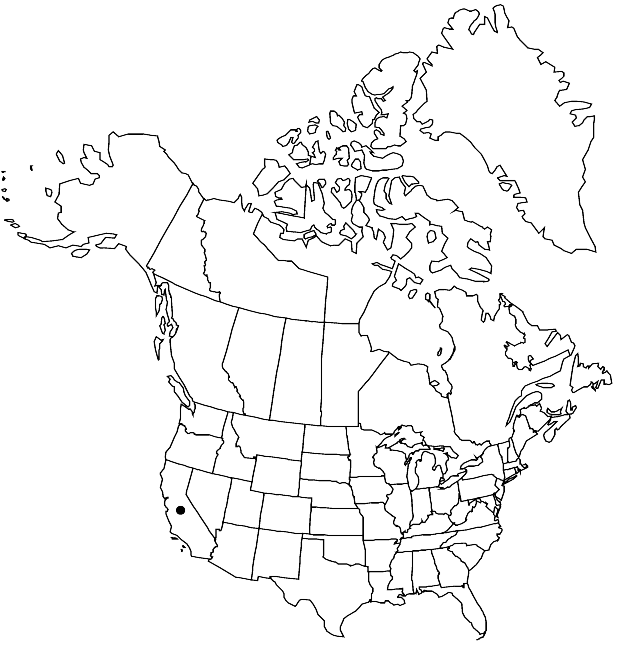Caulanthus anceps
Ann. Missouri Bot. Gard. 9: 303. 1923.
Annuals; sparsely to densely hirsute. Stems erect, unbranched or branched distally (or, rarely, basally), 3.5–15 dm, at least sparsely hirsute basally. Basal leaves soon withered. Cauline leaves petiolate (median 0.4–3 cm); blade lanceolate to oblong, 1.5–9.5 cm × 3–30 mm (smaller distally), margins denticulate to subentire (proximal blade margins dentate). Racemes without a terminal cluster of sterile flowers, (considerably elongated in fruit). Fruiting pedicels ascending to strongly reflexed (slender or thickened), 3–10 mm. Flowers: sepals spreading, oblong, 3.5–5.5 × 1–1.7 mm; petals (spreading), white to lavender, 4–8 × 2–4 mm, not channeled or crisped, claw undifferentiated from blade; filaments (spreading), subequal, 3.5–5 mm; anthers narrowly oblong, equal, 1.5–2 mm, (coiled after dehiscence). Fruits erect or reflexed, (straight), terete, 3–6.7 cm × 1.2–2 mm; valves each with prominent midvein, (usually glabrous, rarely sparsely pubescent); ovules 40–54 per ovary; style (subconical or cylindrical), 1–4 mm; stigma subentire. Seeds (brown), 1.4–1.8 × 1–1.3 mm. 2n = 28.
Phenology: Flowering Mar–May.
Habitat: Grassy slopes, open flats, roadsides, fields, hillsides
Elevation: 300-1700 m
Discussion
Caulanthus anceps is distributed in Kern, Monterey, San Benito, San Luis Obispo, Santa Barbara, and Ventura counties.
Selected References
None.
Lower Taxa
"elongated" is not a number."thick" is not a number."dm" is not declared as a valid unit of measurement for this property.
